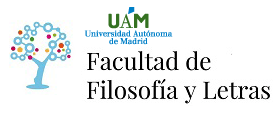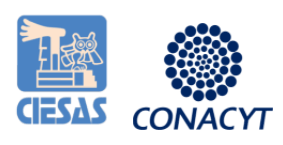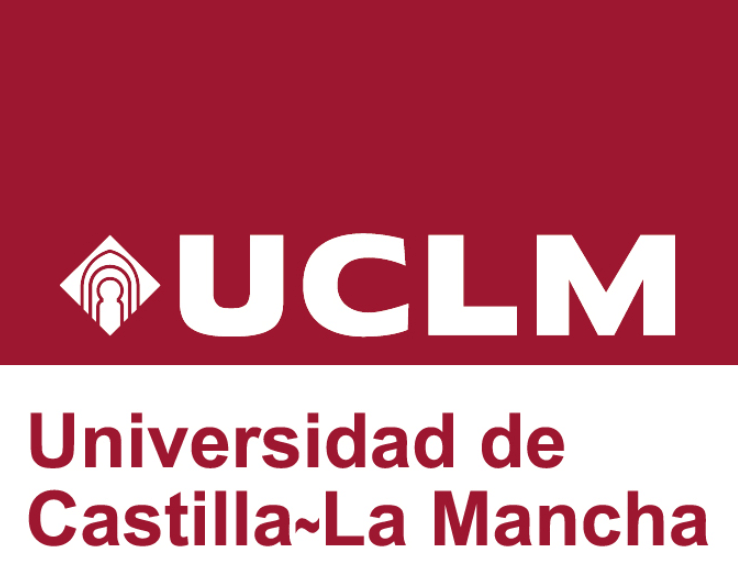The Cracked Art World: The Role of Discomfort in an Anthropology of Disconnection
In recent decades, theories, explanations, and analytical models for describing interconnections among people, places, ideas, and things have abounded in anthropology. These include such notable constructs as Deleuze and Guattari’s rhizomes, Castells’ network society, Latour’s re-presentation of actor network theory, Ingold’s lines and knots, and the endless march of authors looking to speak of ‘entanglements’ – a current buzzword in anthropology. However, experiences in the field raise significant questions about the efficacy of these approaches: are they truly sufficient to describe the affective and relational contexts within with we conduct our work?
In this paper, I argue that a prolonged focus on connected relationality has managed to largely eclipse its opposite: disconnected relationality, the ruptured sociality that characterises many social worlds. Drawing on the critiques of Anna Tsing and Elizabeth Roberts, I present an alternative model that foregrounds affective and social disjuncture within my own work on the anthropology of art: a model that I have called the ‘cracked art world’, and one which is widely applicable beyond the sub-field within which it emerged.
Examining the ‘cracks’ in any social world serves, I argue, to bring to the fore counter-hegemonic experiences and highlight everyday conflicts and inequalities that characterize social lives. In this model, discomfort plays a vital role, as affective experiences of discomfort provide the key methodological tool for investigating anthropologies of social and relational rupture. Discomfort is both instructive and empathetic, pointing researchers toward experiences and emotions that disrupt current reigning paradigms of interconnection and entanglement in anthropology.
(*)El autor o autora no ha asociado ningún archivo a este artículo









